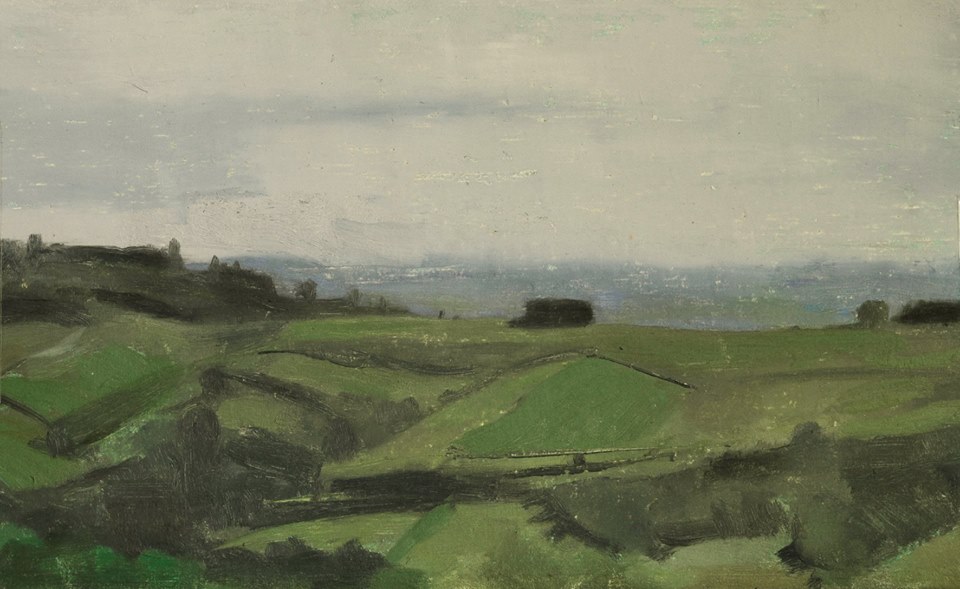Painting Places from Memory: A Creative Journey for Photographers
For many professional photographers, the art of capturing a moment goes beyond simply clicking a shutter. It involves a deep connection with the subject, an understanding of composition, light, and emotion. But what happens when we push the boundaries of photography and delve into the realm of painting places from memory? This intriguing process not only challenges photographers to rely on their visual memories but also encourages them to infuse their creations with personal interpretations and emotions.
As we embark on this creative journey, let's explore how painting places from memory can transform the way photographers perceive and document the world around them.

The Crossroads of Photography and Painting
Photography is often seen as a tool for capturing reality, while painting allows for a more subjective representation of the world. However, these two art forms are not as disparate as they may seem. By blending elements of both, photographers can create dynamic pieces that reflect their unique perspectives.
When **painting places from memory**, photographers are forced to rely on their recollections and emotions associated with a location, rather than the precise details captured by a camera. This exercise not only sharpens their memory skills but also deepens their understanding of the essence of a place.
Benefits of Painting Places from Memory
- Enhanced Creativity: By removing the constraints of technical accuracy, photographers can let their imaginations run wild. This freedom can lead to innovative compositions and unexpected color palettes.
- Emotional Connection: Painting from memory encourages photographers to focus on their emotional responses to a place, resulting in works that are deeply personal and evocative.
- Skill Development: This practice hones both memory and painting skills, offering photographers a new dimension to their artistic repertoire.
Steps to Begin Painting Places from Memory
1. Choose a Meaningful Location
Select a place that holds significance for you. It could be a favorite travel destination, a spot from your childhood, or a location with a memorable event. The emotional connection will serve as a foundation for your painting.
2. Reflect on the Experience
Before you begin painting, take some time to reflect on your experiences at the chosen location. Recall the sights, sounds, smells, and emotions you encountered. This reflection will help you capture the essence of the place in your artwork.
3. Start with a Sketch
Create a rough sketch of your memory. Focus on the main elements and composition rather than getting caught up in the details. This will serve as a blueprint for your painting.
4. Embrace Imperfection
Remember that painting from memory is not about perfection. It's about capturing the feeling and atmosphere of a place. Allow yourself to make mistakes and experiment with different techniques and colors.
Incorporating Photography Techniques
As photographers, you can incorporate various photography techniques into your paintings to add depth and dimension. Consider using techniques such as:
- Rule of Thirds: Use this composition technique to create balance and harmony in your painting.
- Lighting and Shadows: Experiment with different lighting effects to add drama and mood to your artwork.
- Focus and Depth of Field: Use blur and sharpness to draw attention to specific elements in your painting.
For further inspiration, you can explore how artists blend photography and painting in their works. Check out this travel-inspired art article to see how travel experiences influence artistic creations.
Creating a Unique Artistic Voice
Through the process of painting places from memory, photographers can develop a unique artistic voice that sets them apart from others. By blending elements of photography and painting, they can create works that are both visually stunning and emotionally resonant.
For more insights on integrating travel and art, visit our blog on artistic travel keepsakes and discover how to preserve your travel memories creatively.

FAQ Section
1. Can painting places from memory improve my photography skills?
Yes, it can enhance your creative thinking and help you see the world from different perspectives, ultimately enriching your photography skills.
2. Do I need to be a skilled painter to try this?
No, painting from memory is more about expression and emotion than technical skill. Anyone can try it and benefit from the creative process.
3. How can I overcome the fear of making mistakes in my paintings?
Embrace imperfection and view mistakes as opportunities for growth and learning. The goal is to capture the essence of a place, not to create a perfect replica.

